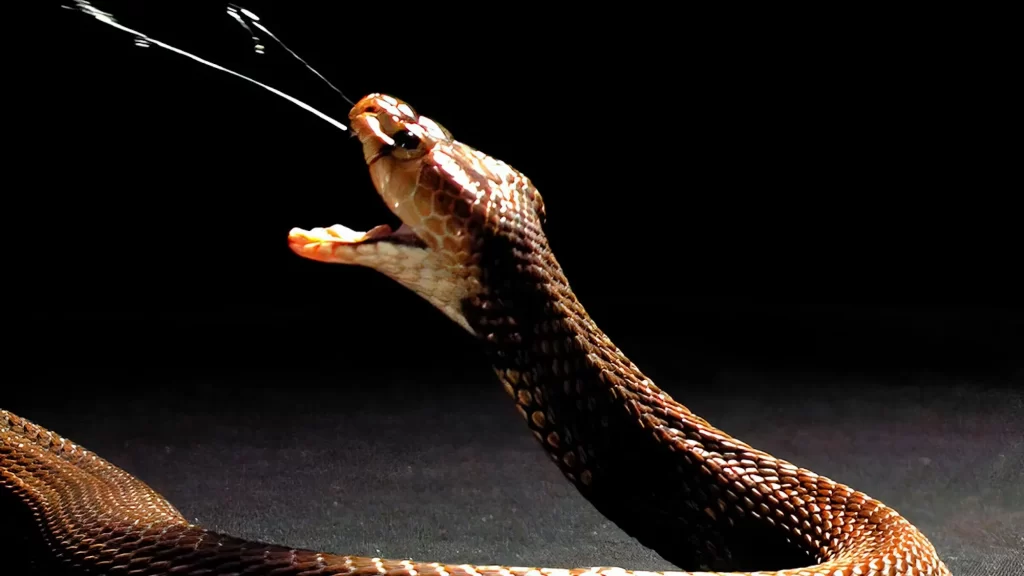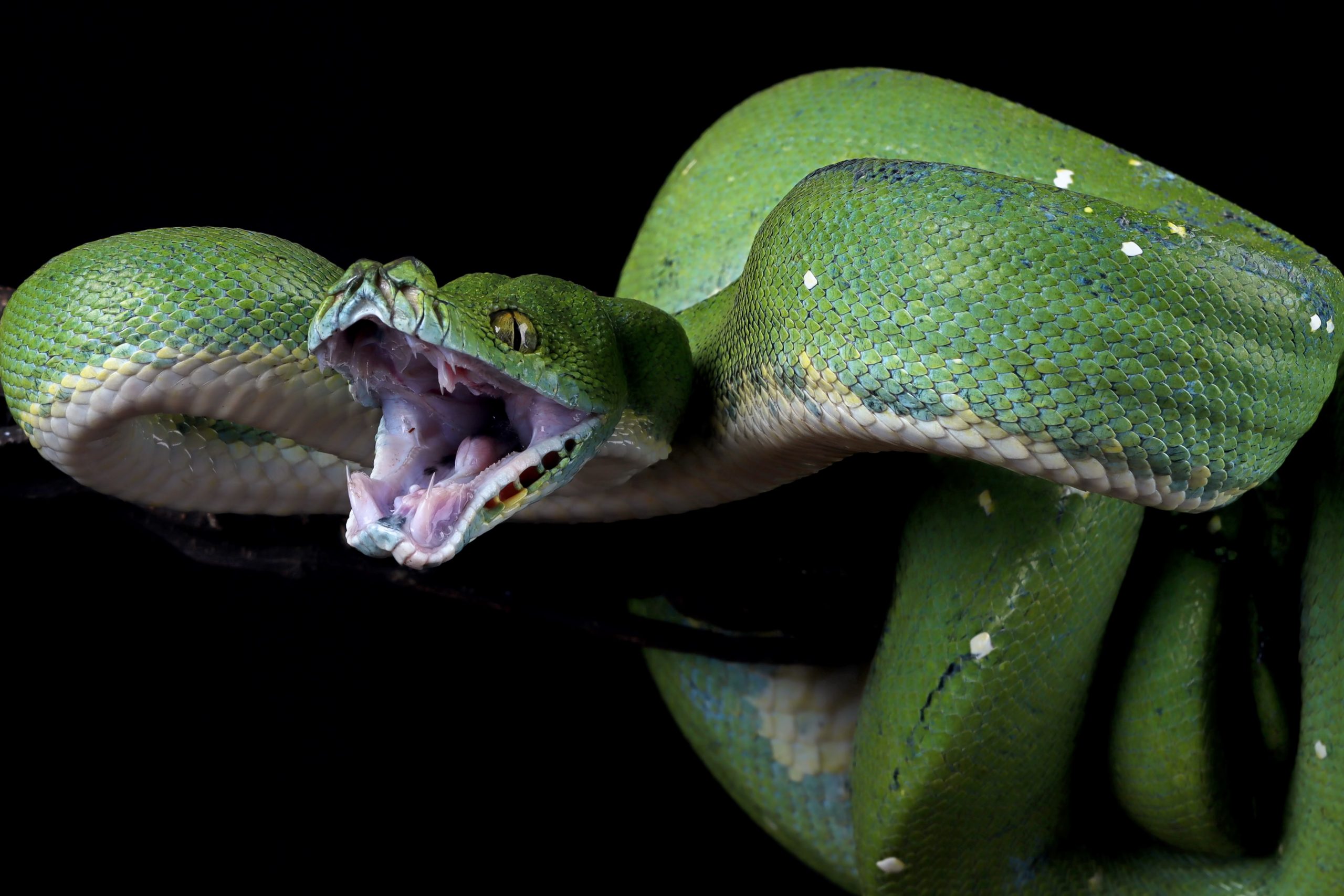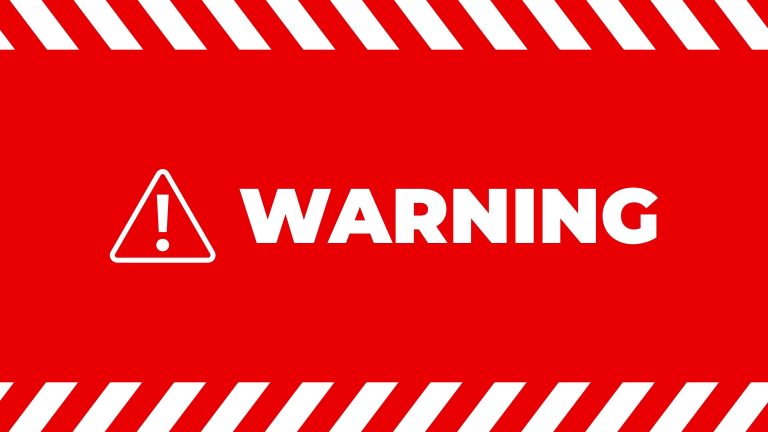For years, movies and survival guides have popularized the idea that sucking out snake venom can help save a bite victim. However, modern medical research has thoroughly debunked this myth, proving that attempting to suck out venom is not only ineffective but can also cause more harm. Let’s dive into the science behind why this old-school remedy doesn’t work and what you should do instead.
The Origin of the Myth
The belief that venom can be sucked out dates back centuries and was widely promoted in early survival guides. This method was even recommended in old first-aid manuals, with the idea that quickly extracting venom could prevent it from spreading through the body. However, this was based on limited scientific understanding and lacked proper testing.
Hollywood further reinforced the myth, showing heroes in movies and TV shows dramatically sucking venom from a bite wound and spitting it out. Unfortunately, real-life medical studies have shown that this approach does not work and can even worsen the situation.
The Science Behind Venom Absorption
Snake venom spreads quickly through the body after a bite. Once injected, it enters the lymphatic system and bloodstream, where it begins affecting cells, tissues, and organs. Medical experts, including the Centers for Disease Control and Prevention (CDC) and the American Red Cross, have confirmed that venom is absorbed too rapidly for suction to remove any meaningful amount.
A study published in the New England Journal of Medicine found that using suction devices or attempting to suck venom out by mouth removed less than 2% of the venom—an amount too small to make any difference in stopping its effects. Meanwhile, the act of cutting the wound or using suction can cause tissue damage and increase the risk of infection.

The Dangers of Sucking Out Venom
Trying to remove snake venom by mouth can actually make things worse. Here’s why:
- Venom spreads too quickly – By the time suction is applied, venom has already begun circulating in the body.
- Mouth bacteria increase infection risk – Placing your mouth on a snake bite introduces bacteria from the saliva into the wound, potentially leading to serious infections.
- Risk of venom exposure to the rescuer – If the person attempting to suck out venom has cuts or sores in their mouth, they could absorb venom into their own bloodstream, endangering themselves.
- Tissue damage from suction devices – Commercial suction kits marketed for venom removal have been tested and found to cause bruising and tissue damage without effectively removing venom.
What You Should Do Instead
If you or someone you are with is bitten by a snake, follow these medically recommended steps:
- Stay calm and still – Moving around can spread the venom faster through the body.
- Call emergency services immediately – Seek professional medical help as quickly as possible.
- Keep the affected limb immobilized – Try to keep the bitten limb at or slightly below heart level.
- Remove tight clothing and jewelry – Swelling may occur, so loosen anything that could restrict circulation.
- Do NOT cut the wound or apply suction – Cutting the bite site can cause additional harm and does not remove venom.
- Do NOT apply ice or a tourniquet – These methods can worsen tissue damage.
- Take note of the snake’s appearance – If possible, remember the color and shape of the snake for medical professionals, but do not attempt to capture or kill it.
Modern Medical Treatment for Snake Bites
The best treatment for a venomous snake bite is antivenom, which is administered in hospitals by professionals. Antivenom is specifically designed to neutralize venom’s toxic effects and improve survival rates. Early medical intervention significantly increases the chances of a full recovery.
Conclusion
The idea that sucking out snake venom can save a life is a dangerous and outdated myth. Science has proven that this method is ineffective and can even cause additional harm. Instead, focus on seeking medical help immediately and following proper first-aid procedures. With the right knowledge and response, snake bites can be treated effectively without resorting to harmful myths.
Have you ever heard or believed this myth? Share your thoughts in the comments below!





